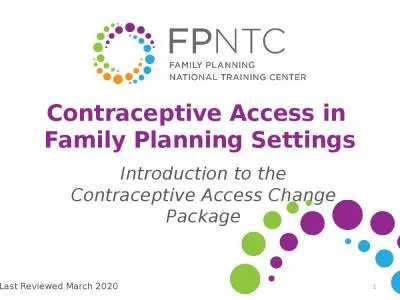PPT-Modern contraceptive use and its determinants among partnered (Sero-concordant) Antiretroviral
Author : thomas | Published Date : 2022-05-17
Abiy DessalegnMPH April 52019 AA Background of The Study HIV positive women have risk of unplanned pregnancies Worldwide two in every five pregnancies are unplanned
Presentation Embed Code
Download Presentation
Download Presentation The PPT/PDF document "Modern contraceptive use and its determi..." is the property of its rightful owner. Permission is granted to download and print the materials on this website for personal, non-commercial use only, and to display it on your personal computer provided you do not modify the materials and that you retain all copyright notices contained in the materials. By downloading content from our website, you accept the terms of this agreement.
Modern contraceptive use and its determinants among partnered (Sero-concordant) Antiretroviral: Transcript
Download Rules Of Document
"Modern contraceptive use and its determinants among partnered (Sero-concordant) Antiretroviral"The content belongs to its owner. You may download and print it for personal use, without modification, and keep all copyright notices. By downloading, you agree to these terms.
Related Documents













